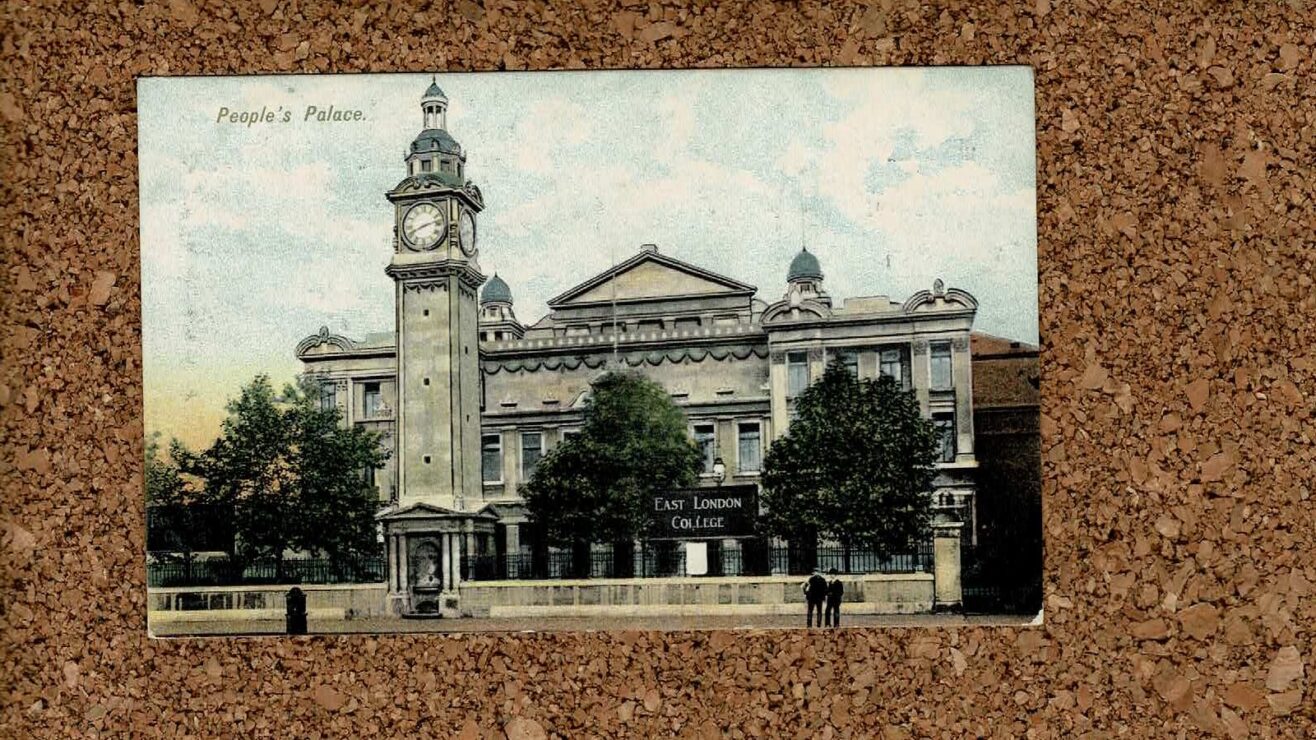Start down the path of creating a strategy for any higher education institution and it won’t be many steps before you encounter any one or more of the following in yourself and the people around you: anxiety, hope, frustration, uncertainty, optimism, scepticism, fear, ambition, cynicism … the list goes on.
“Doing strategy” is fuelled as much by emotion as it is by logical rational arguments. And at the heart of that emotion lie the stories we carry around in our heads – those personal narratives that play out again and again about who we are, where we came from, what we want and how we believe we act.
Listening to and understanding those stories is increasingly critical for those HE leaders who want their strategies to “stick” with the diverse academic and professional staff, students, alumni and other stakeholders who make up the complex community of a university.
Head, hands and heart
This truth was recognised a long time ago by Marshall Ganz, a long-time community organiser turned Harvard academic. Starting with a farm workers movement that eventually succeeded in securing rights for migrant labour in the US, Ganz has demonstrated again and again that harnessing the power of these stories can achieve powerful change (this story is captured in Ganz’ 2009 book Why David Sometimes Wins, with the subtitle Leadership, Organisation and Strategy in the California Farm Workers Movement).
Ganz provides a framework to help us engage with the heart as well as the head and the hands through, what he terms the public narrative. His argument is that social movements need a story that is authentic and also strategic in making the case for the social change you are trying to bring about. To help develop that public narrative he suggests three chapters – the story of self, the story of us and the story of now.
The Story of Self is your own lived experience. Ask yourself why you work in higher education. What is your story? Why do you get out of bed in the morning to go to work? Some responses to this might be somewhat cynical but, for most people we come across, there is a passionate commitment to education, to equality of opportunity and to public service.
The Story of Us is more about the collective. When you come together in a department meeting, on a committee, at a management group, what is your collective story? What are the values that you share? What choices do you face together and what shapes how those choices are made? How do you collectively see what is needed to improve the lives of your students, staff and communities?
The final part of the narrative – the Story of Now – turns that shared story into specific and urgent commitments about the future – a strategy using conventional language. By adopting this approach there is then confidence that these ideas are capable of being taken forward into reality because of the energy that has been built up by the dialogue that created them.
All dancing
Watch this video from Derek Siver and you’ll see a great example for why “leadership is over-glorified”. Leaders need people who are willing to follow and having your story heard (or your “dance” seen by others) is one of the most empowering and motivating things you can do in creating a future strategy. You give your community “permission to dance”.
We have used this approach in working with the leaders and communities at a number of different universities. The results are always powerful and surprising. This approach works in the academic context because these settings, at their best, can be seen as social movements aimed at creating social good and social justice. This is not to suggest that the resulting strategies can avoid being embedded in financial and operational reality. Instead it is to encourage you to create the shared public narrative before you crunch the numbers. Or as we like to say, it is stories before spreadsheets.












